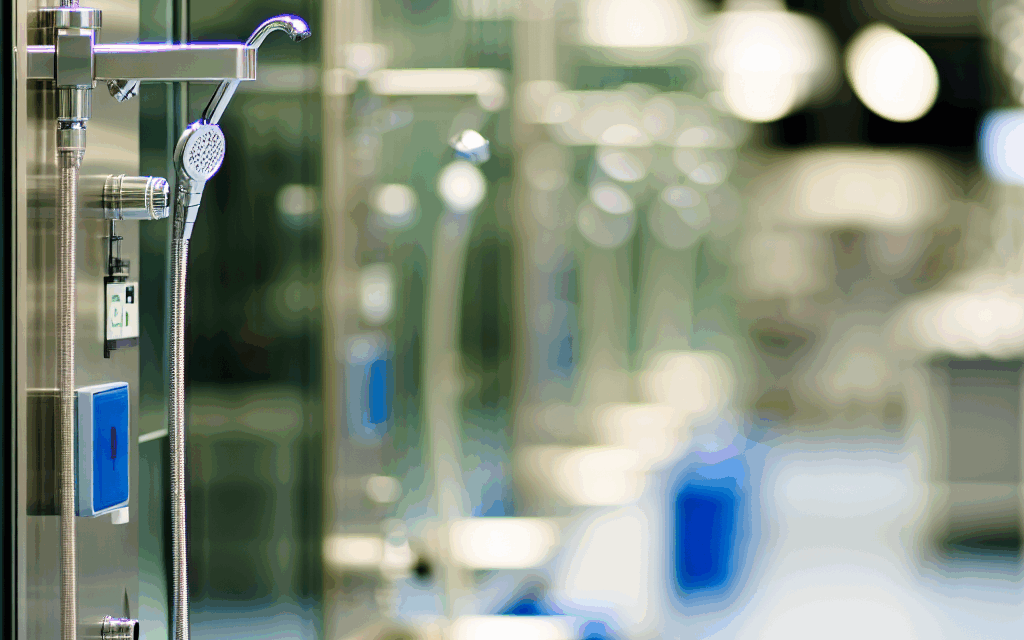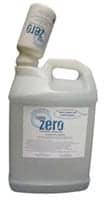Summary
Maintaining emergency showers and eyewash stations in laboratories is crucial for safety and regulatory compliance. This article discusses essential OSHA/ANSI guidelines, inspection routines, and practical steps for upgrading outdated safety systems. Being informed of these compliance requirements ensures the operational readiness of labs and safeguards employees from potential hazards.
Key Takeaways
- Regular inspections and testing of emergency showers and eyewash stations are critical for safety and compliance.
- OSHA and ANSI standards dictate strict guidelines for placement and maintenance of these safety systems.
- Upgrading facilities to meet current standards is crucial to protecting employees and ensuring a safe work environment.
- Education on regulatory updates and new technologies is essential for lab technicians to maintain compliance.
Ensuring Compliance: Understanding OSHA and ANSI Standards
In clinical laboratories, compliance with occupational safety standards is paramount. The Occupational Safety and Health Administration (OSHA) alongside the American National Standards Institute (ANSI) provides a framework for ensuring the safety of laboratory personnel. A component of this framework includes the operational readiness of emergency showers and eyewash stations.
OSHA does not have a specific standard for emergency showers and eyewash stations but often enforces regulations based on guidelines provided by ANSI. ANSI/ISEA Z358.1-2014 sets forth the necessary requirements for the placement, installation, maintenance, and operation of emergency eyewash and shower equipment. These guidelines mandate that equipment must be located within 10 seconds of potential hazards, ensuring quick access during an emergency.
Furthermore, the standards necessitate that showers deliver a minimum of 20 gallons per minute of potable water, with eyewash stations delivering a controlled flow to flush both eyes simultaneously. Compliance with these detailed specifications is not only a legal obligation but also a fundamental part of maintaining a safe working environment.
Upgrading Outdated Systems: A Practical Approach
Despite these guidelines, many laboratories are unprepared, possessing equipment that may not meet current standards. Regular inspection and prompt upgrades of these systems are necessary to keep up with both technological advancements and regulatory updates.
The inspection process involves routine checks to ensure functionality and compliance. Water flow tests, activation inspections, and equipment accessibility checks should be documented and performed weekly, as advocated by ANSI. Incorporating new technologies such as advanced flow regulators or self-testing systems can help labs maintain a seamless inspection routine while ensuring consistency with compliance requirements.
Recent advancements in emergency equipment offer additional advantages. Innovations include enhanced durability, easier maintenance mechanisms, and systems with integrated alarms that alert personnel of equipment malfunctions. Keeping abreast of these advancements enables labs to make informed decisions about necessary upgrades.
In conclusion, the safety of clinical laboratory personnel hinges on the diligent upkeep of emergency showers and eyewash stations. Understanding and applying ANSI standards, committing to regular inspections, and embracing technological advancements are critical steps in maintaining compliance. By doing so, laboratories can ensure the safety of their workforce, protect against hazardous incidents, and ultimately enhance operational efficacy.





